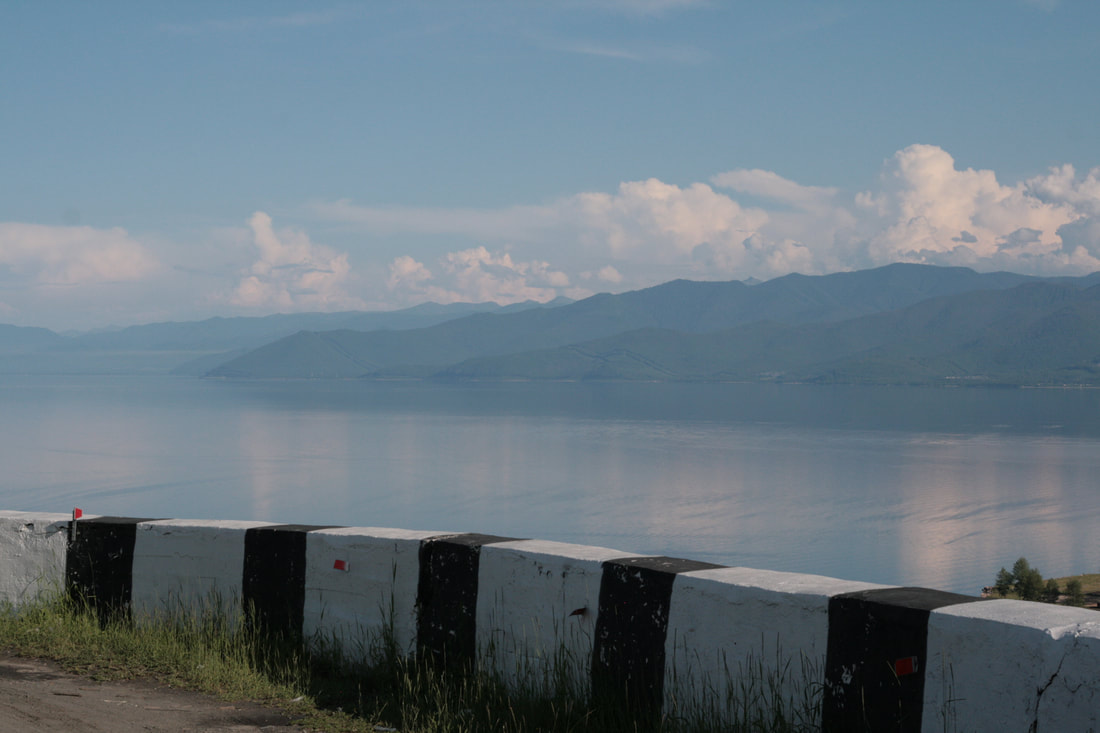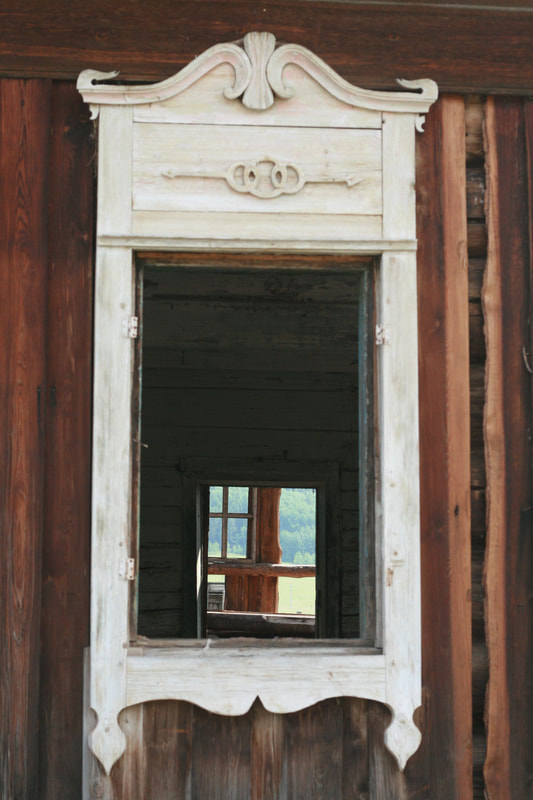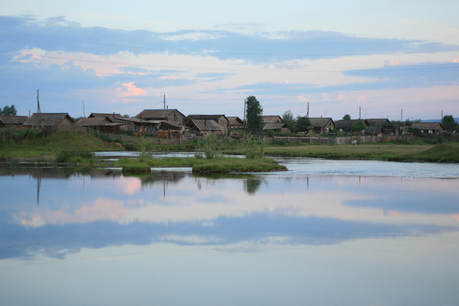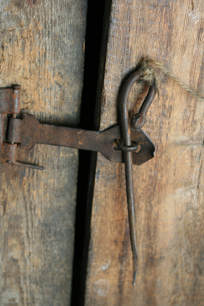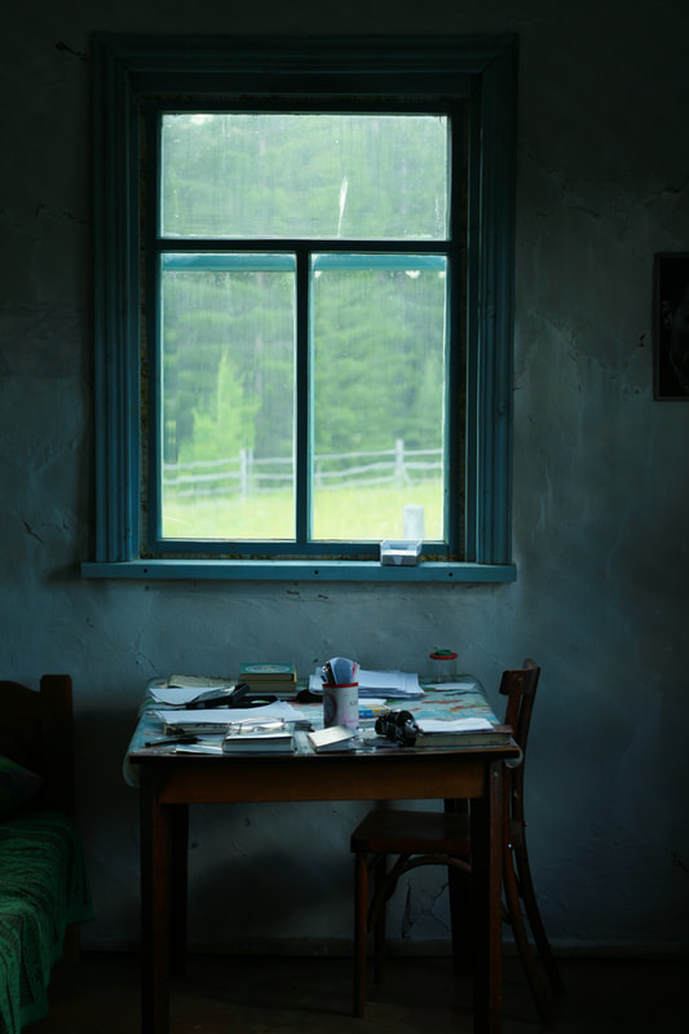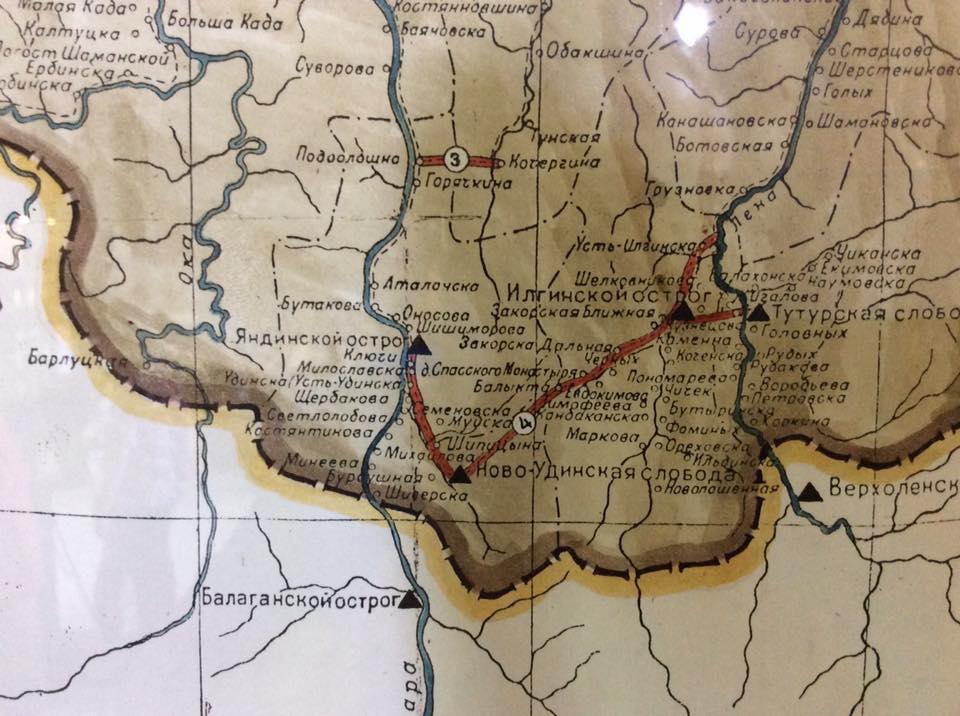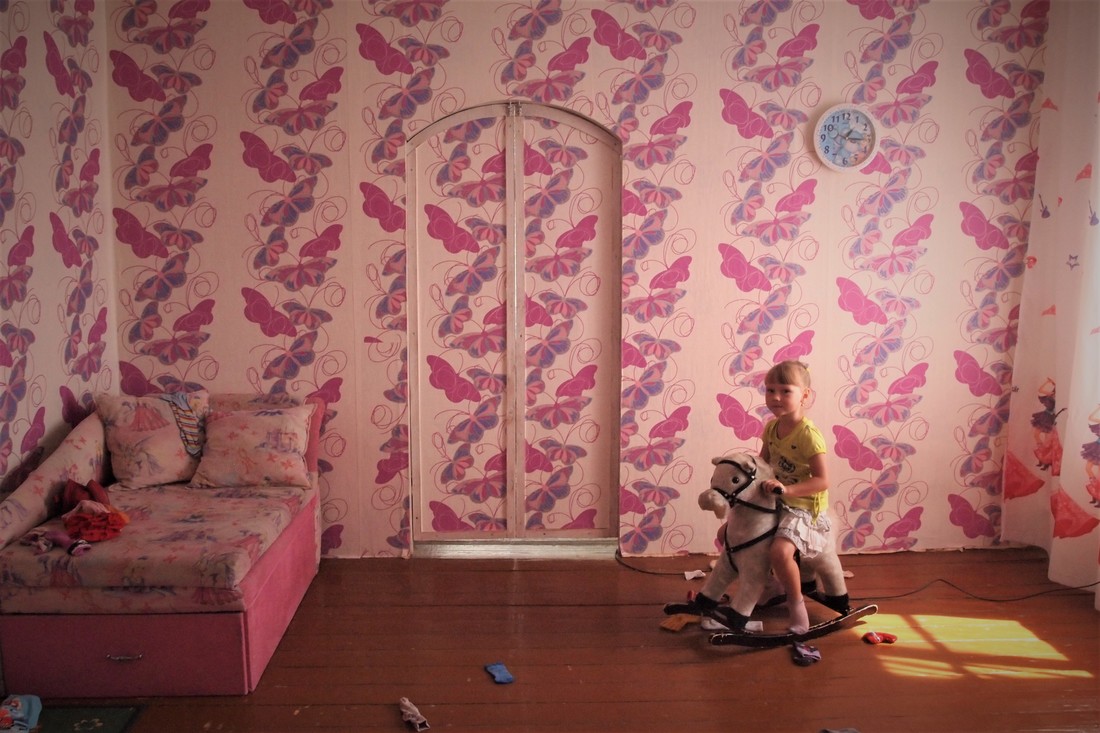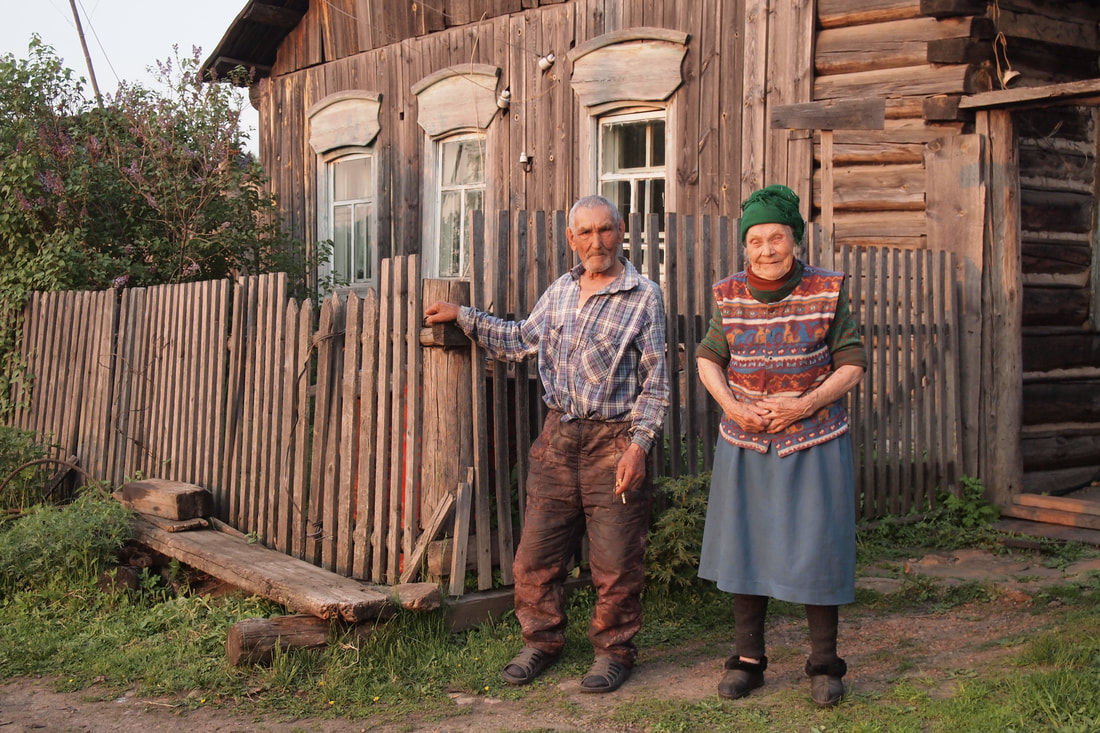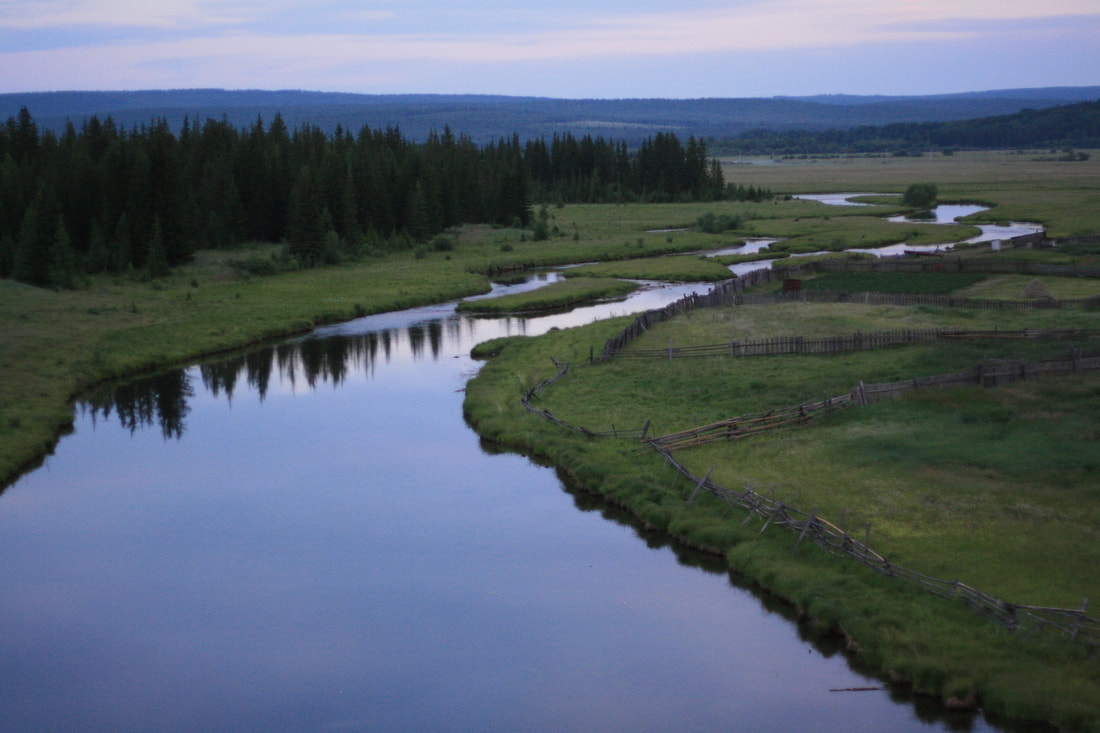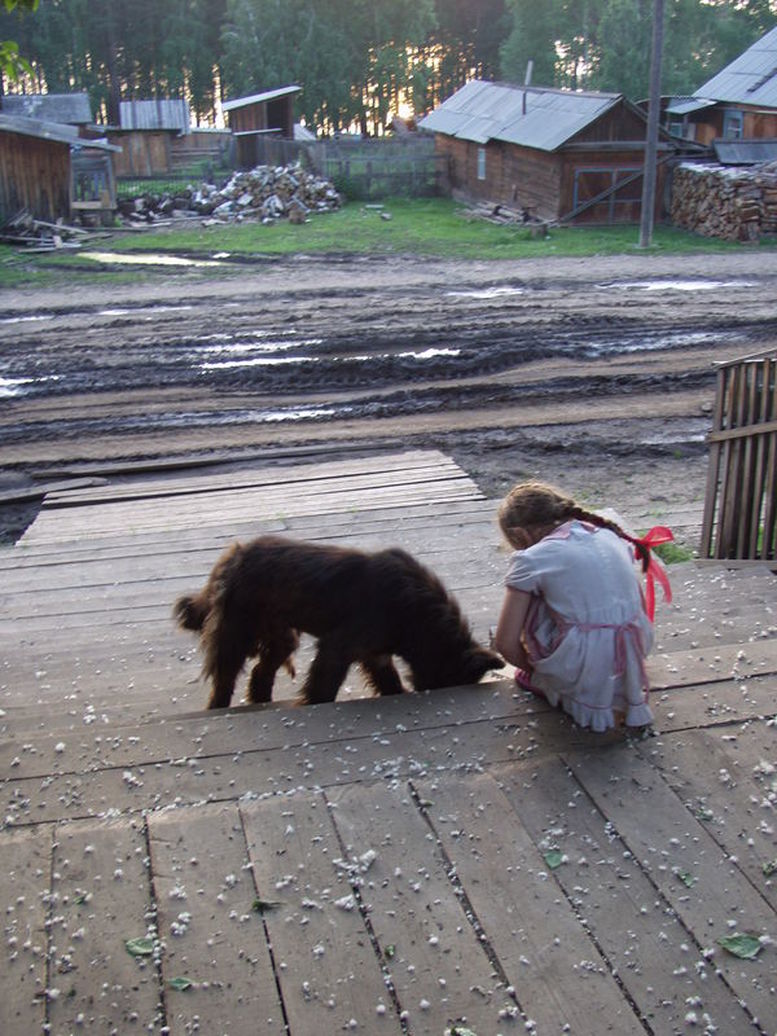Every travel is an exploration of memory and a separate world.” |
I have been to Siberia in 2006, 2013, 2016, and 2017. I created an archive of photographs in which the spectacular ruptures the mundane, the strange reasserts the familiar.
I showed the Siberian photographs that I've taken on Behance and on my wordpress blog Anthropology and Dust under the category "Photography." On this website, I am going to build an archive where the images are coming together to speak to one another. I will enrich and re-open them in writing. |
I was curious about the notion of "camera led research" but I am not certain how appropriate it is for me to employ this notion as a name that gets into the essence of my field photography. I never considered the photo camera the main medium in which I work. I've always been, and always considered myself a writer. Moreover, I would respectfully decline to call myself a photographer. My research is camera led in some very limited ways--namely, I have been interested in pictures that people show, and I have a lot of fun photographing people (with their permission). When it comes to sharing the results of my work, the essence of my travels, the actual stories that demand to be told, I find that photographs are easy to share, given the proliferation of technology, memorable, telling, and full of feel, light, and texture that will make a lasting impression. The stories of people, when these stories are not dressed in the protective clothing of fiction, demand a lot of careful attention. I would not share them on the web, flippantly. I hope to condense them into writing. But I already can show photographs; moreover, the web might be the final and the best way to share photographs. I have a hope of eventually turning the best pictures I've taken into a little album available for printing, but I might not be able to do it for all I know. It seems unfair towards the photographs to let them dwell on my computer or left them scattered on social media.
| stenography.pdf | |
| File Size: | 915 kb |
| File Type: | |
I invite you to read my field notes (abridged version; names are changed; people, anonymized) of the 2017 short expedition. In no way it is a finished work and will likely remain a draft. Essentially, it is a collection of notes it was possible, given the feeble Internet and constrictions of the work, at the time possible to share on social media--I used Tumblr--and in letters to friends. I would not share my handwritten notes, nor will I disclose audio recordings. I was cautious to make this collection of notes abide to the rules of propriety and preserve an honesty as an observer. It is more about my own impressions than is telling or rich for anyone, but perhaps of interest to some.
A special luck of my 2017 expedition I consider meeting the first hydro constructor (pervogidrostroitel') who I call in my Stenography of the Itinerary Andrey Andreyevich and who worked in the Bratskgesstroi museum on scanning the archive of negatives. A whole number of photographers created this archive. The photographers' task was to observe the construction of the Bratsk dam as it unfolded. I am hoping to share a fraction of this archive with the world one day.
Siberia 2016
In 2016, it was the last time I saw ded Yegor (grandpa Yegor). Baba Dusya (grandmother Dusya) has outlived him. I have known them both from 2006, and they both kindly shared with me a lot of stories. Apart from what they told me, they are a story in its own right in my mind and memory. It is not easy to do justice to the living people in writing, doubly so when someone dies. But I will try. I will try. This is what is demanded of me.
I consider my 2016 travel the travel that worked as a weird initiation into the anthropological praxis. Even though I visited the place before and wrote about it, I was a trained ethnographer (whatever that means) that year. Besides, I had a goal of collecting stories. Before I wrote them down as a writer should. It is a very different kind of work. Literary writing and anthropological writing are known to co-exist (Malinowsky, Geertz, Lévi-Strauss, Descola are among the first who come to mind). But it helps to know what it is exactly that you are doing. You can do a literary work and an anthropological work but you should know what it is that you are doing exactly in each moment.
I consider my 2016 travel the travel that worked as a weird initiation into the anthropological praxis. Even though I visited the place before and wrote about it, I was a trained ethnographer (whatever that means) that year. Besides, I had a goal of collecting stories. Before I wrote them down as a writer should. It is a very different kind of work. Literary writing and anthropological writing are known to co-exist (Malinowsky, Geertz, Lévi-Strauss, Descola are among the first who come to mind). But it helps to know what it is exactly that you are doing. You can do a literary work and an anthropological work but you should know what it is that you are doing exactly in each moment.
I was delighted to embark on the quest of the anthropological work and took copious notes. I used social media for writing and posting them (on Facebook and Tumblr that I already mentioned), when it was appropriate, and wrote a lot for myself. In 2016 and 2017, I wrote in English and in Russian. But precisely because of the volume of the work that I've done, I am unable at the moment to share what I've written. I plan to rework some of my notes for my book based on my dissertation. And only after I am done with the book, I hope the rest of these notes will also find their way, at least in part, to the reader. A lot of the stories that I collected and wrote are tragic, or funny, or funny and tragic at the same time. I want to do them justice.
I was able to publish but a tiny bit of these notes, in Russian--"Toska ob Oumershem (Missing the Dead)", in Literratura Russian web literary journal September 4, 2016.
I was able to publish but a tiny bit of these notes, in Russian--"Toska ob Oumershem (Missing the Dead)", in Literratura Russian web literary journal September 4, 2016.
Siberia 2013
The travel of 2013 was very special. I write about this travel and the travel of 2006 in Antopologia povsednevnosti (Anthropology of the Everydayness) - the book forthcoming from the Russian publishing house Nookratia (Noocracy) in 2018. I used my notes Kit Sibir' (The Whale of Siberia) that I did in 2013. In 2006, I had a long summer that comprised a travel to the Russian Far East, the region of my birth, and Siberia. For the Russian Far East travel, I was commissioned, wrote and published a travelogue the same year (Russkiy ostrov, Rusky Island--lit. Russian Island), but my Siberian notes had to wait twelve years before I had an occasion to type them for Antropologia povsednevnosti. I will introduce this book in more detail once it is out. For me, it was and is an important work.
Siberia 2006
In this blurry photograph, a lot of what Anosovo is all about is encapsulated for me. You see the broken land road, the poplar fluff, a beautiful girl whose name is Maria and with whom we are in contact via the Russian social media VKontakte, a dog which that summer had trouble shedding her lush winter fur. For me, this photograph conveys the truly celestial and earthly beauty of the place.
That was the time when I asked myself: How can I write about Anosovo? About Siberia? The Angara River? What difference could I make, a completely powerless human being that is not capable of mending roads, improving lives, providing livelihood, giving a hope for the future. This realization of powerlessness was sudden. It was unusual. I did not experience it so viscerally that often. When someone was telling me their story in Anosovo--essentially, demanding something was done about the conditions of its living, that I did something, as a journalist I at the time was, and simply as a person, a human being--I came out with a plan after a plan and realized that none of these plans of mine are workable. I could not even publish anything about Anosovo in Moscow newspapers: it was not newsworthy. Nor was its story so special--a story of a village brought to life by the Soviet modernization and industrialization and on a long trajectory of decline, of abandonment, and of being left to struggle and survive. Many people might ask what gives me the right to say these words and wonder if I am not too hastily pronouncing the words of anxiety about what appears to be a place that simply lives on. And yes, it does; it lives on. But these words of anxiety are coming from the reality of the living which is hard. We need to somehow speak about it.
That was the time when I asked myself: How can I write about Anosovo? About Siberia? The Angara River? What difference could I make, a completely powerless human being that is not capable of mending roads, improving lives, providing livelihood, giving a hope for the future. This realization of powerlessness was sudden. It was unusual. I did not experience it so viscerally that often. When someone was telling me their story in Anosovo--essentially, demanding something was done about the conditions of its living, that I did something, as a journalist I at the time was, and simply as a person, a human being--I came out with a plan after a plan and realized that none of these plans of mine are workable. I could not even publish anything about Anosovo in Moscow newspapers: it was not newsworthy. Nor was its story so special--a story of a village brought to life by the Soviet modernization and industrialization and on a long trajectory of decline, of abandonment, and of being left to struggle and survive. Many people might ask what gives me the right to say these words and wonder if I am not too hastily pronouncing the words of anxiety about what appears to be a place that simply lives on. And yes, it does; it lives on. But these words of anxiety are coming from the reality of the living which is hard. We need to somehow speak about it.
Get In Touch |
